On Thursday, Sept. 17, at the White House Conference on American History, right-wing historians took aim at the Zinn Education Project, Howard Zinn, and the New York Times 1619 Project. President Trump said, “Our children are instructed from propaganda tracts, like those of Howard Zinn, that try to make students ashamed of their own history.”
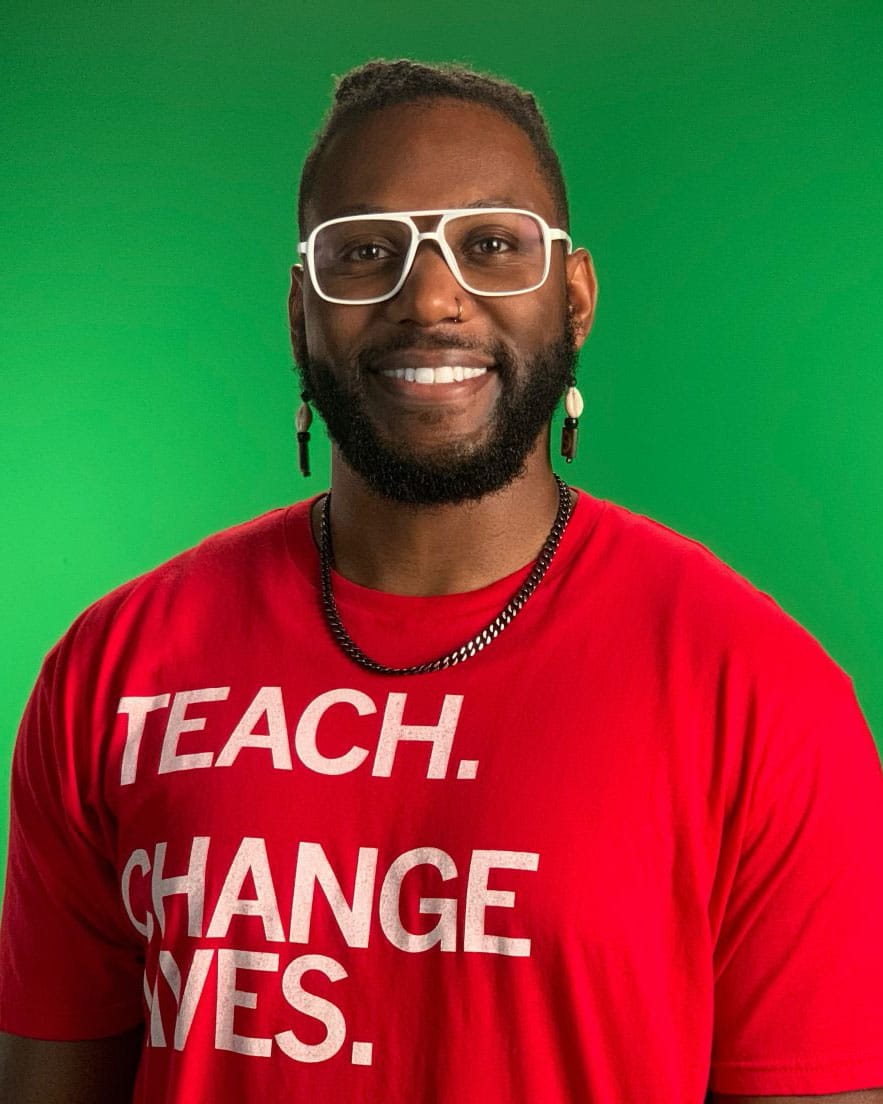
Corey Winchester
Award-winning Illinois high school teacher Corey Winchester disagrees with Trump. He said that the Zinn Education Project curriculum does not leave his students paralyzed with shame: “It is empowering to learn from multiple perspectives and invigorates their desire to learn and disrupt the status quo.”
Winchester is right. Teaching people’s history empowers and invigorates students to better understand the perspectives of workers, women, Black, Indigenous, and people of color, whose voices are too often erased in corporate-produced textbooks.
But Mary Grabar doesn’t want young people to hear those voices. Grabar, who has written an anti-Howard Zinn book and travels the country attacking Zinn and the Zinn Education Project, said at the White House Conference on American History that Zinn’s writing imposes the false idea that the United States is characterized by “systemic racism, wealth inequality, and police brutality.”
Grabar offered no evidence to refute this critique of U.S. society. Instead, in her talk at the White House, she fretted that impressionable readers have been stirred to action by the Zinn Education 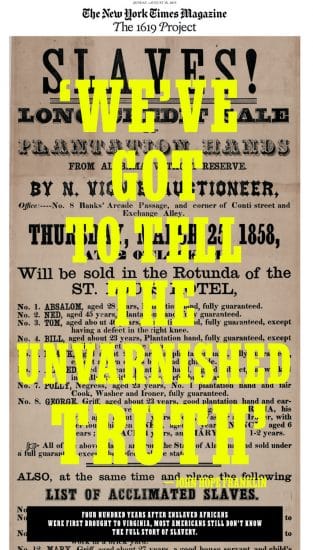 Project curriculum and Howard Zinn’s A People’s History of the United States, saying, “People reading it cry and get angry, sometimes taking to the streets. The Zinn book was the most popular book for Occupy Wall Street protesters.”
Project curriculum and Howard Zinn’s A People’s History of the United States, saying, “People reading it cry and get angry, sometimes taking to the streets. The Zinn book was the most popular book for Occupy Wall Street protesters.”
We at the Zinn Education Project plead guilty. Teaching “people’s history” can elicit great emotion about oppression and injustice and may inspire people to move to action.
The White House American History panelists touted a different vision: The United States is an exceptionally just, equal, and benevolent democracy. According to the Zinn critics, it is teachers’ job to sing its praises and get students to learn the heroes — Trump singled out an enslaver from Delaware, Caesar Rodney — and memorize the highlights.
Ironically, in their efforts at the White House to denounce Howard Zinn and the Zinn Education Project, conservative historians confirmed the impact of this work. The Zinn Education Project agrees that history matters. What students learn about this country’s history and those who have fought to make it more democratic influences how they respond to today’s injustices.
With a White House that on numerous occasions has defended white supremacy, it is more important than ever that educators of conscience uphold the right to teach a people’s history — a history that looks honestly at social injustice and at the movements that have sought to make this a more equal society.
One of the White House speakers, Allen Guelzo, said that the Zinn Education Project materials are “snuck under the door of unsuspecting teachers.” Contrary to this accusation, which sounds like something out of the McCarthy era, teachers across the country voluntarily sign up for free access to download people’s history lessons and to participate in workshops. That is why the Trump administration launched this attack in the first place. They recognize — and seek to squash — the power of a growing number of teachers who teach outside the textbook, introducing young people to the history of resistance to slavery, labor struggles, voter suppression, redlining, COINTELPRO, LGBTQ rights, and how people have resisted throughout U.S. history.
To date, 125,000 teachers have signed up at the Zinn Education Project website. Read their stories.
Help us reach more. If you are a teacher, share your story about teaching people’s history. Inspire others to do the same.
Not a teacher? Make a donation so that we can add more free lessons to cover every era in U.S. history and reach more teachers.


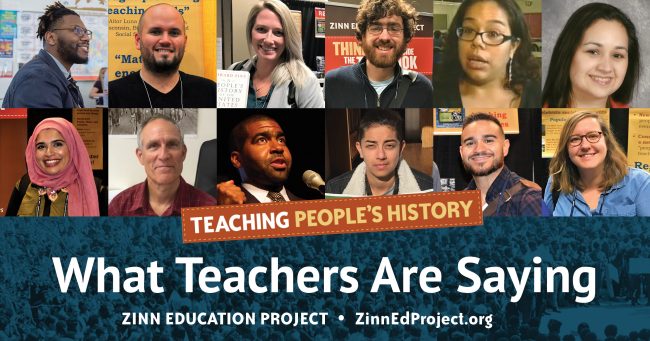
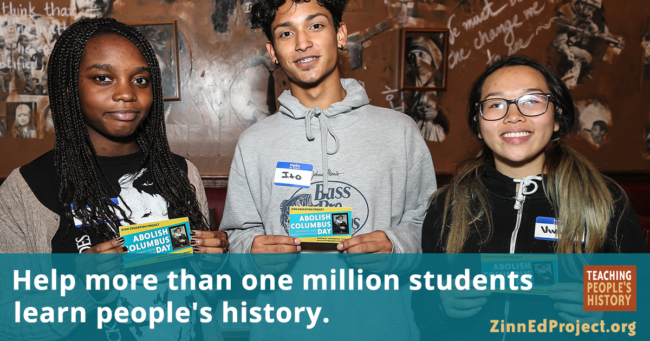
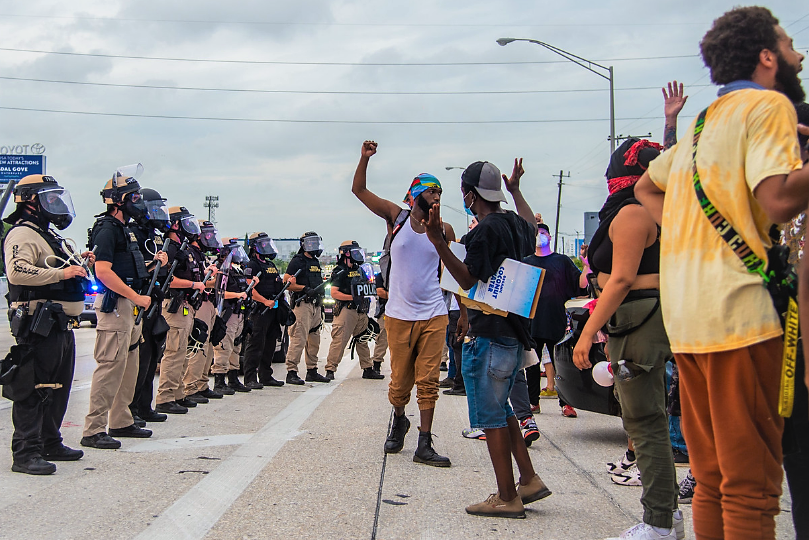
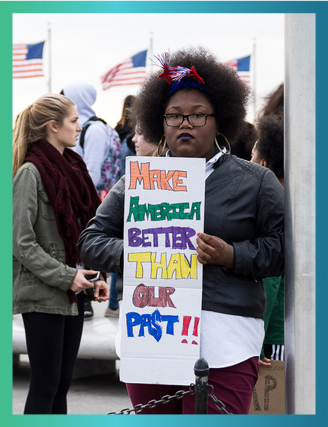
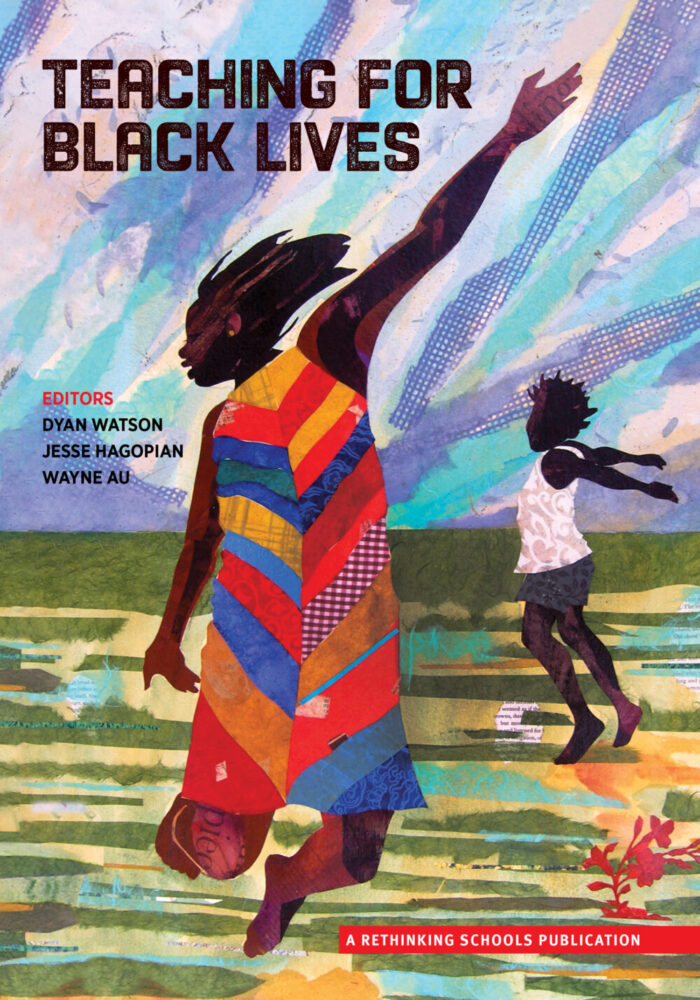





Twitter
Google plus
LinkedIn